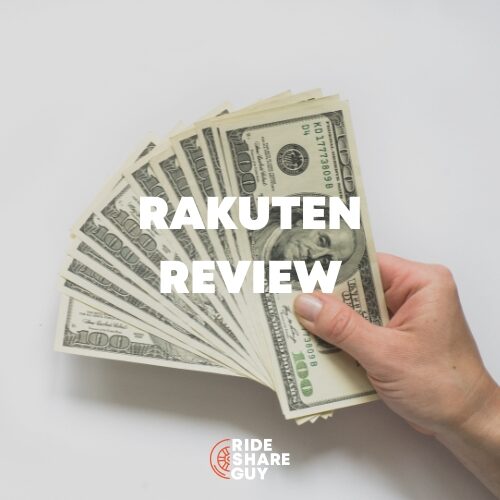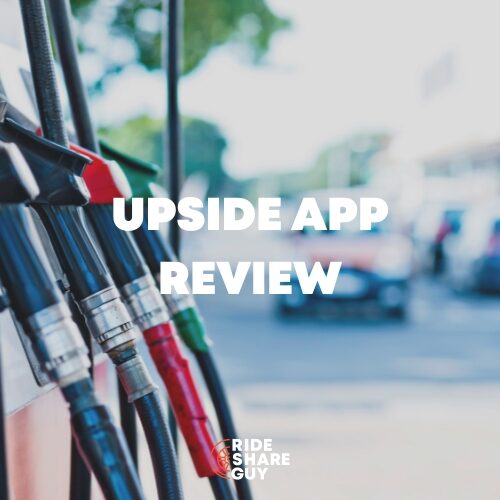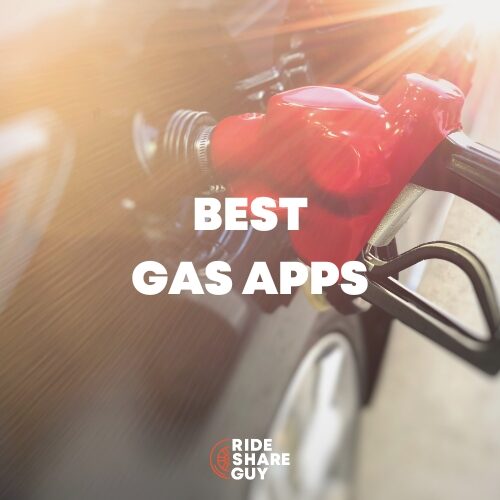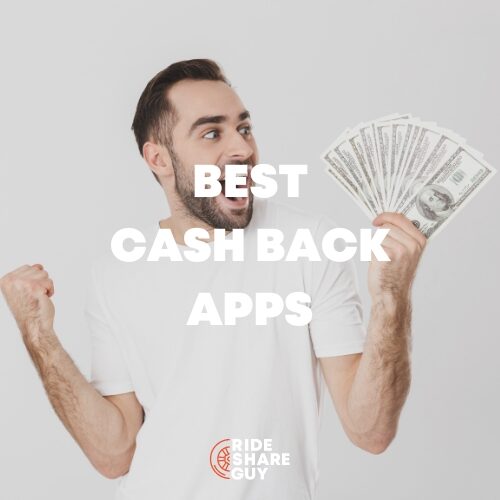Harry here. Health insurance can be a big problem for a lot of drivers so today I wanted to share a guest post from Stride Health that goes over all the ways you can save money on your health insurance. I learned a lot from this article and will even use a few of the tips to save some money this year since I pay for my own health insurance 🙂
Open Enrollment has begun, and it’s the only time of the year when anyone can buy health insurance or switch plans. This period lasts until January 31st. At Stride Health, we’ve helped over 100,000 rideshare drivers save money on their health insurance. While more and more drivers are getting insured, many still leave money on the table when it comes to getting subsidies that lower insurance costs or select plans that will cost them more money over time.
That’s why this Open Enrollment, we’ve teamed up with the Rideshare Guy to make sure drivers save money and time while getting the coverage they need. Here are the top 5 ways drivers either overpay for insurance or don’t get the most from their plan:
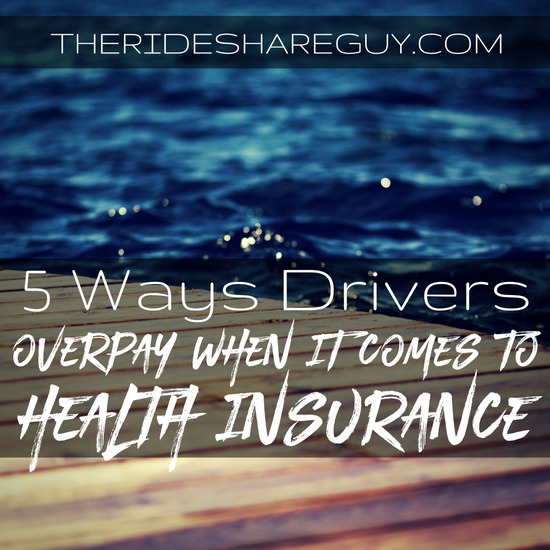
#1 85% of drivers leave money on the table when it comes to subsidies
The government will subsidize your health insurance depending on your income and household size. It varies by region, but typically you will qualify for a subsidy to lower insurance costs if you make $45,960 or less as a single person or $94,200 for a household of four.
But what many drivers don’t realize is that, as an independent contractor, you’re able to reduce the income you claim by subtracting tax deductions like mileage and even half of the self-employed tax you pay. That’s because subsidies are based on your “modified adjusted gross income”, or MAGI, and that income estimate allows you to subtract business expenses. In other words, just like you’re able to claim tax deductions to lower how much you’ll pay in taxes, you’re able to count those deductions against your annual income projection.
The mistake most drivers make is that they don’t apply any deductions to their annual income estimate and therefore receive less of a subsidy. Last year, Stride found that 85% of drivers didn’t claim a single deduction when applying for insurance!
How much of a difference does claiming deductions make?
Let’s take the example of Joe, who is a full-time Uber driver in San Diego. He makes about $35,000 gross driving for Uber but, after expenses and self-employment taxes, his adjusted gross income is $27,000. With claiming deductions to lower his adjusted gross income, Joe qualifies for $1,022 in subsidies to lower the cost of insurance. That means if Joe went for the cheapest plan available to him, he would pay 56% of the total costs — $105 a month — for health insurance. In fact, Stride found that most drivers save 70% on their plans when they account for deductions.
It’s essential you account for hefty deductions to lower your income and in turn get more subsidy assistance. Don’t leave money on the table — Stride’s platform makes it simple and easy when applying for health insurance plans.
#2 Drivers don’t compare their options each year

For drivers who already have insurance, it’s important you compare your options. Don’t assume the plan you have now is the right one for you next year. Stride found that 80% of people who change plans each year end up saving more money than if they would have re-enrolled in their previous plan. That’s because health plans often change a lot from year to year: prices will go up, deductibles may change, out of pocket costs fluctuate, and doctors go in and out of network. Make sure that you check out all the plans available to you every year. You may even be able to find a cheaper plan that better fits your needs.
#3 Drivers opt for the cheapest plan, even if it costs a lot more in the long run
A big trick for finding the right plan is to understand how much medical care you’ll need plus associated costs like prescriptions or seeing specialists. If you don’t see the doctor often, a more expensive plan with lots of benefits may just waste your money. However, if you take prescriptions and see specialists, the plan with lowest premium may cost you more in the long run.
You’ve probably noticed your monthly payments will be far less with a high-deductible plan. But look at that deductible (how much you pay before insurance kicks in), and honestly ask yourself: “Am I OK paying that amount if I need an unexpected, minor medical procedure?” Remember: it doesn’t take much to max out a $7,000 deductible — that’s about the price of a broken nose. This guide is super helpful in understanding the health insurance metal tiers (bronze, silver, gold, platinum) and their corresponding risk tradeoffs.
Stride’s platform does the math for you to recommend plans that will save you the most money in the long run depending on what medical or prescription needs you have.
#4 Drivers don’t use the free care that comes with their plan
When you enroll in a health insurance plan, you unlock some major free benefits at no additional cost. All adults have access to free annual screenings and checkups. There are over 60 free services, valued at hundreds of dollars, that you can take advantage of to keep you healthy throughout the year.
Here’s are three examples of how you might want to use these free services:
- If you are worried about your heart health, you can get free cholesterol screenings, blood pressure screenings, and diet counseling.
- If you’re interested in improving your mental health, you can get a free depression screening.
- If you are interested in learning how to give up tobacco, you can get free tobacco counseling.
Other free services available include:
- Sexually transmitted infection prevention, screening, and counseling.
- HIV screening.
- Colonoscopies for colorectal cancer screening.
- Many immunizations for things like the flu (annual flu shot!) and Hepatitis A and B.
- For women, cervical cancer screening or breast cancer screening (mammograms).
- And more!
Here’s a guide with more detail on how to use free care associated with your health plan. Stride will also help you better understand all the free care available with your particular plan.
#5 Most importantly, they risk going uninsured
According to a recent Stride survey, 35% of drivers are uninsured. Going uninsured is not worth the risk! If you don’t buy health insurance this year, the government will fine you either $695 per person ($347.50 per child under 18) or 2.5% of your income, whichever is greater (enroll in health insurance by January 31st to avoid this fine!). If you only had insurance for part of the year, you’ll have to pay 1/12th of the penalty for each month you were uninsured.
On top of the fine, you risk going into debt or eliminating your hard-earned savings if anything were to happen to you. Just a small accident like a broken arm could put you out $10,000 without insurance. Protect yourself and your family by getting insured.
When it comes to finding the right health insurance, Stride Health specializes in meeting the needs of drivers. We’ll help you qualify for subsidies and accurately estimate the amount of care you need. Beyond finding a plan, our team will help you find doctors who are in network and get you discounts at over 70,000 pharmacies — we’ll even wait on the phone with with your insurance company to resolve any issues. Check out plans for 2017 and go into the next year confident and covered.
You can sign up and learn more about Stride Health here.
Drivers, are you taking advantage of all these tips to save money on health insurance?
-Harry @ RSG
Save
Save
